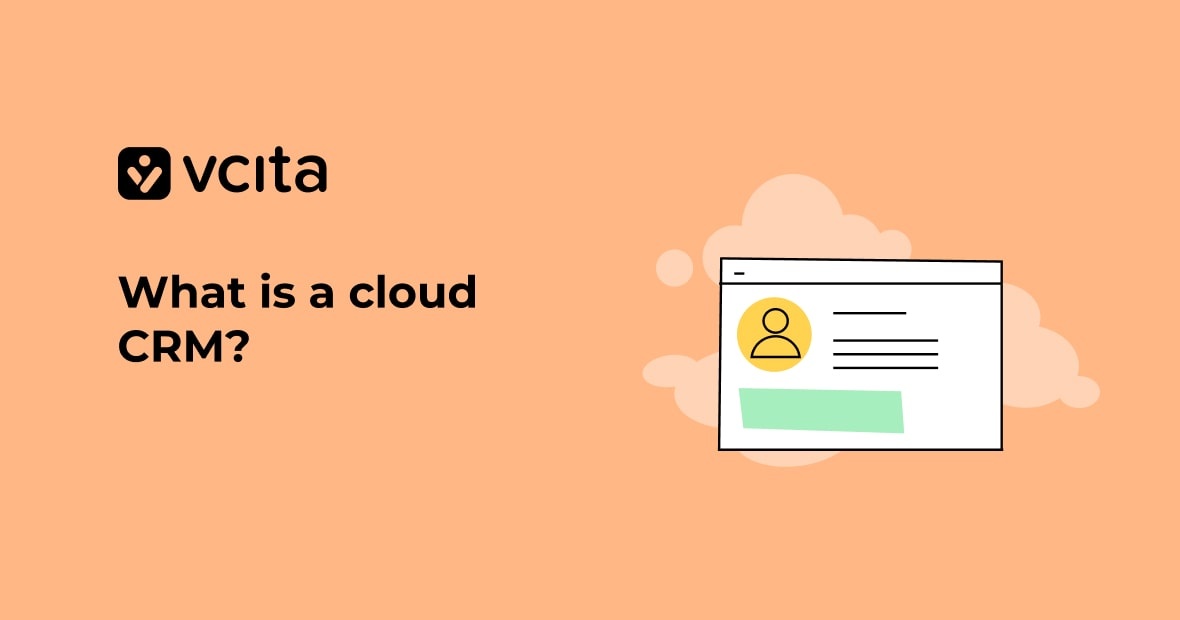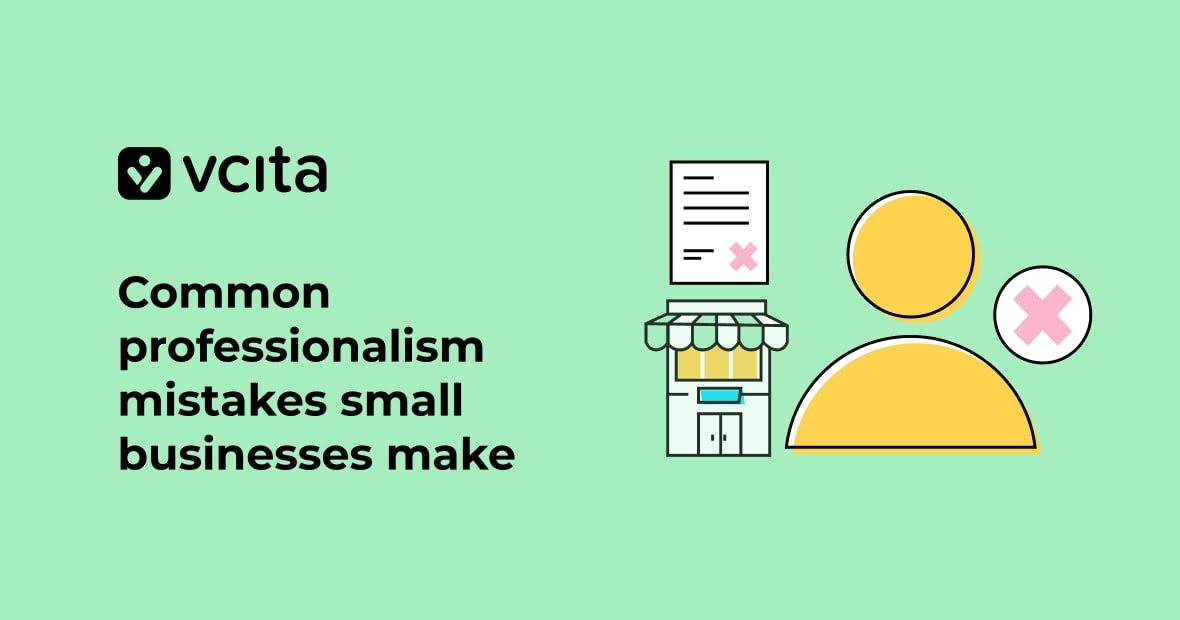You’re a small business owner, so of course you want to grow your customer base. The best way to do that is to create a small business marketing strategy that promotes your business and products or services.
A marketing plan helps you reach your target audience through various marketing channels. It includes online marketing campaigns across social media, email, and content marketing, to attract customers and convert them into long term, loyal followers. Read on to discover how you can grow your business by implementing smart digital marketing strategies.
Understand your target audience and offering
As a small business owner, the absolute first step in growing your customer base is understanding who your target audience is and what exactly you’re offering them.
Define your target audience
Your target audience means the types of customers who are most likely to buy your product or service. For example, are they families? Business professionals? DIY-ers? Pet owners? To answer these questions, dig into the details of their demographics, interests, and needs.
Adapt your offering to your target audience’s needs
Once you have a clear picture of your target audience, make sure your offering actually meets their needs. If you’re a dog grooming business, for example, offer additional services like nail trimming, bathing, and teeth brushing. Look for ways to improve your core product or service to better serve your customers.
Reach your audience where they are
After identifying your target audience and optimizing your offering, it’s time to spread the word! Use online marketing channels like social media platforms, your website, and search engines to promote your business. Posting relevant content, running social media marketing campaigns, building an email list, and improving your Google search rankings are all great ways to reach potential new customers.
Experiment with online marketing tactics
Over time, try out different marketing strategies to find what works for your unique business. Don’t get stuck only posting on Facebook or only sending out monthly newsletters. Mix it up and track how customers are finding you. Your time and money are limited, so focus on the marketing channels that yield the biggest return.
Choose the right marketing channels for your small business
Some of the most effective marketing channels for small businesses are online. Over 80% of consumers search online before making a purchase. You want them to see your business while they’re still at this stage of their customer journey.
There are many online marketing channels that you can use, including:
- Content marketing on your website
- Paid Google ads
- Email newsletters
- Social media
Email marketing
Email marketing is one of the most affordable and effective ways to keep in touch with your customers. Start building an email list and send regular newsletters with relevant content and special offers. Keep your messages casual and helpful. People are more likely to open and click when they feel like they’re hearing from a friend.
Social media marketing
Choose 2-3 social media platforms that your target audience uses and focus your efforts there. Post helpful content, engage with followers, run contests and promotions. For local businesses, Facebook is ideal for connecting with your community. Instagram is great for visual brands. And LinkedIn works well for B2B companies. The key is to be active and consistent to build brand awareness and trust over the long term.
Content marketing
Create and share helpful content like blog posts, videos, and infographics on your website and on social media, to attract and engage your target audience. Content that educates or entertains your potential customers will establish you as an authority in your industry. Over time, content marketing builds brand awareness and loyalty. It leads to more web traffic, social media shares, and new customers.
Paid Google ads
Businesses that appear at the top of Google results pages are more likely to attract visitors and generate leads that they can convert into loyal customers. There are two ways to get your business to head the Google results page: optimize your website for SEO, and pay for Google search ads. It’s best to invest in both methods, to gain maximum reach and boost brand awareness.
Build your email list and create shareable content
As a small business owner, building your email list and creating shareable content are two of the most effective ways to promote your business and grow your customer base.
Start growing your email list
Begin collecting email addresses from your current and potential customers. Set up an email signup form on your website and social media platforms to make it easy for people to join your list. You can offer an incentive like a discount or freebie in exchange for them signing up to your newsletter.
Once you have a list of email addresses, send out a regular newsletter with updates about your business, product or service. Share relevant content, special offers and behind-the-scenes news to keep people engaged. Make sure your emails are mobile-friendly, eye-catching and easy to read. People are more likely to open and read an email that looks professional.
Create valuable content
Develop content that provides value to your target audience and helps to establish you as an expert in your industry. Blog posts, videos, photos, and social media posts are all types of content that can be created and shared. Focus on topics related to your product or service that people are searching for on Google. For example, if you own a landscaping company, create content on lawn care tips, gardening advice or outdoor decorating ideas.
Post your content on your website, and share links on social media platforms like Facebook, Instagram, and LinkedIn. The more you post, the more opportunities you have for people to find and engage with your business. Over time, consistent content creation and social media marketing will help to raise brand awareness and bring in new potential customers.
Leverage social media platforms to connect with customers
Social media marketing should be an important part of your overall business marketing strategy. With so many potential customers searching social media for recommendations and local small businesses, you need to make sure your product or service is found.
Choose your social media channels
Start by determining your target audience and which social media platforms they use, like Facebook, Instagram, or LinkedIn. Build a presence on the most relevant channels and start creating and sharing content that would interest your potential customers.
Establish your social media presence
Post updates, images, and short videos about your business, products, services, and team, and engage with your followers by replying to comments and messages. This will help attract more followers and increase your social media following. You can also run social media marketing campaigns and contests to grow traffic and build your email list.
Post content frequently
The key is to post frequently and consistently to stay top of mind with your audience. Aim for 2-3 social media posts per week as a good starting point. Over time, as you gain more followers and shares, your posts will start appearing higher in Google searches. This can significantly increase traffic to your website and physical business location.
Generate high quality content
Focus on high-quality and relevant content. Make the content easy to read and share by keeping posts short and eye-catching. Use relevant hashtags so people can find your content. For the best results, post a combination of sales messages, community building, and entertaining content. Keep your posts short and eye catching, with visuals like photos or graphics.
Measure and optimize your marketing strategies for small business
You’ve invested time and money into creating a small business marketing strategy, building your online presence, and running various marketing campaigns to promote your business and reach your target audience. But how do you know what’s working and what isn’t? That’s why you need to continuously measure and optimize your marketing strategies.
Track traffic sources
See where potential customers are coming from, like from Google searches, social media platforms, and other marketing channels. See which channels are driving the most traffic to your website or calls to your business. Then you can focus your efforts on the most effective channels.
Analyze your online marketing performance
See how many people open your email newsletters, click links in your emails, visit your website from social media, etc. Look for trends in your social media marketing and content marketing to optimize for the future. You may find certain types of relevant content or posting times work better for engagement.
Review metrics for your marketing campaigns
Pay attention to open rates for email marketing, click-through rates for online ads, responses to flyers or mailers. Look at what’s generating interest from your campaigns and make changes to improve performance for the next time.
Your small business can soar with the right online marketing strategies
As a small business owner, you need to take a long term, optimized approach to marketing. By developing a marketing plan that targets your ideal audience through various marketing channels and campaigns, you can promote your business effectively. With consistent effort, you will build meaningful relationships and expand your reach over the long term. Implementing even a few of these marketing tactics can help grow your customer base and take your small business to the next level.




























